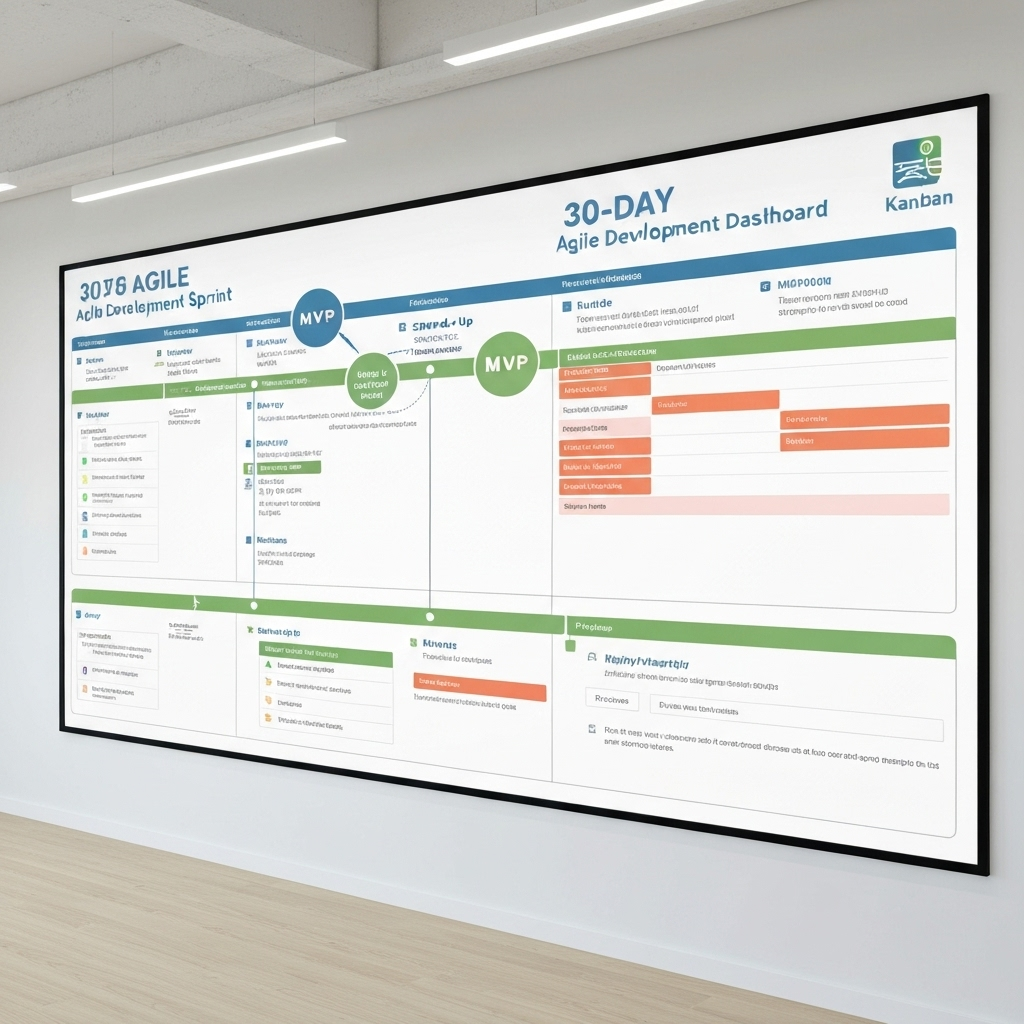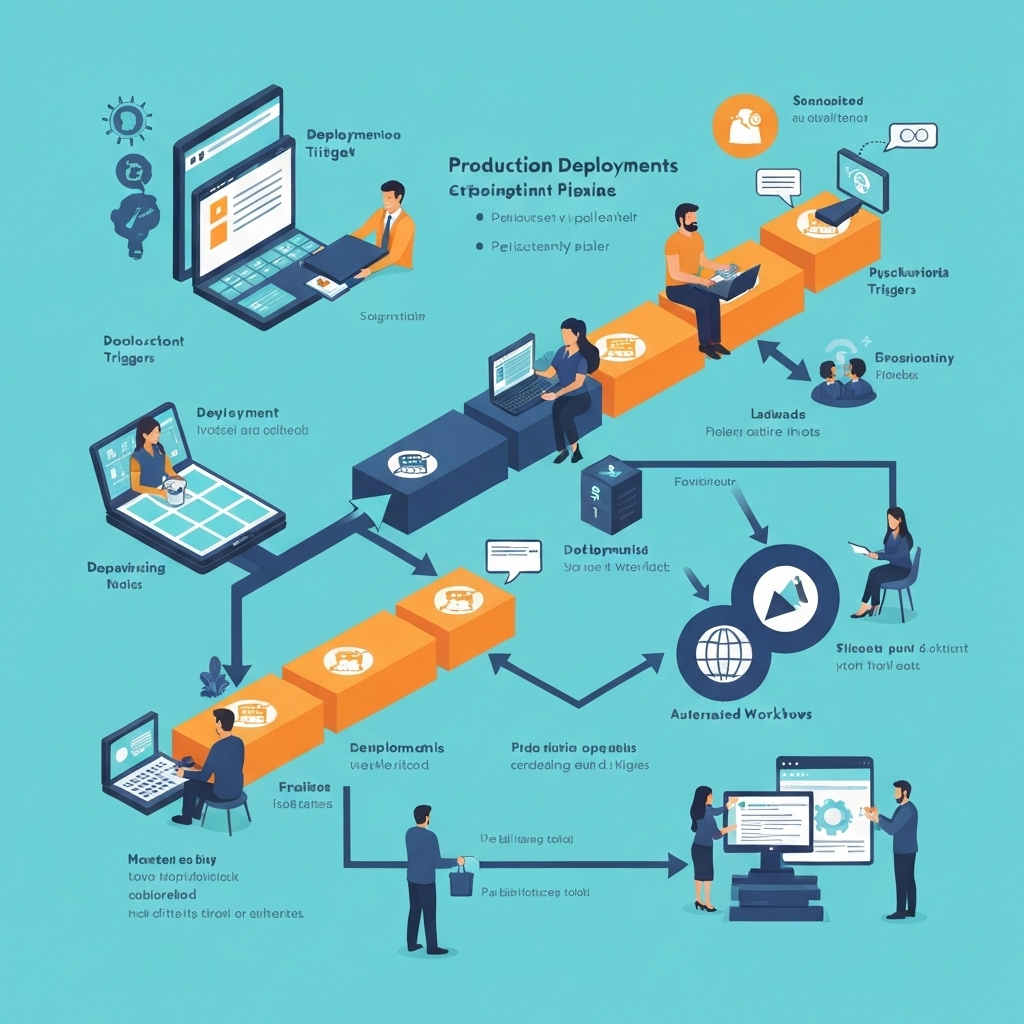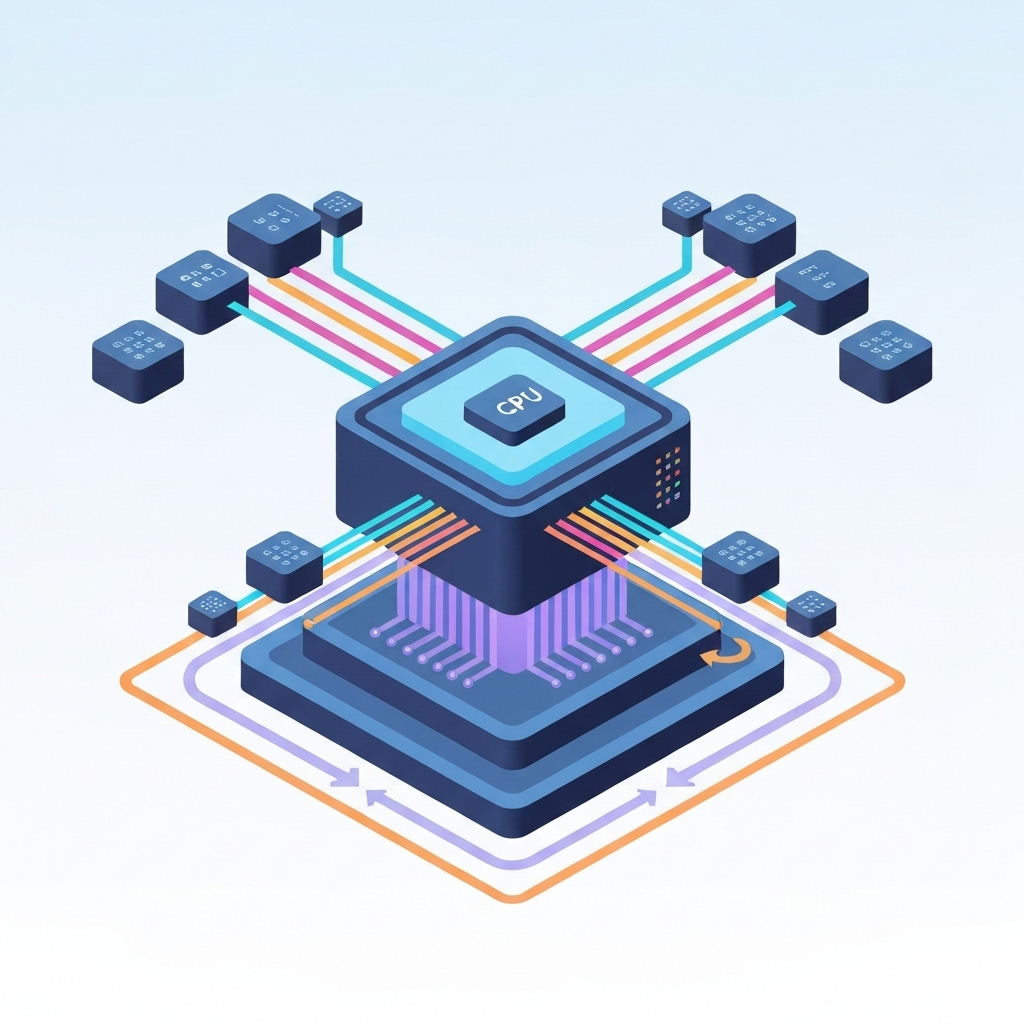Custom AI Applications: From Concept to Production
End-to-end guide to building custom AI applications. Technology stack decisions, development methodologies, and production deployment strategies.

Building custom AI applications requires more than just training models. Success depends on choosing the right technology stack, implementing robust data pipelines, and designing systems that scale from prototype to production. Here's our comprehensive guide based on deploying dozens of custom AI solutions.
Technology Stack Selection
The foundation of any custom AI application is the technology stack. We typically use Python with FastAPI for backend services, React or Next.js for frontends, and PostgreSQL with vector extensions for data storage. For ML operations, we rely on MLflow for experiment tracking and model versioning.

Development Methodology
AI development differs from traditional software development due to the experimental nature of model training. We use an iterative approach: start with simple baselines, gradually increase complexity, and maintain rigorous experiment tracking. Data quality often matters more than model sophistication.

Production Deployment Strategies
Moving AI models from development to production requires careful attention to model serving, monitoring, and versioning. We use containerized deployments with Docker and Kubernetes, implement A/B testing for model updates, and maintain comprehensive logging for debugging and performance optimization.

Scaling and Optimization
Production AI applications must handle varying loads efficiently. We implement caching strategies, use GPU acceleration where appropriate, and design systems that can scale horizontally. Model optimization techniques like quantization and pruning help reduce inference costs.

Custom AI applications succeed when technical excellence meets operational reality. Focus on solving real problems with appropriate technology, maintain rigorous development practices, and design for production from day one.

